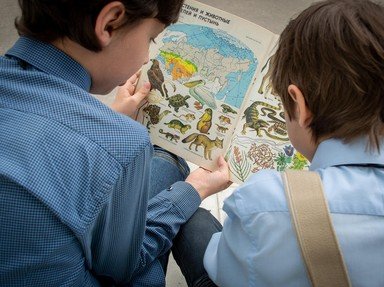
It's a Living Thing Trivia Quiz
Characteristics of Living Things
Biology is the study of living things and why and how they do the things that they do. This quiz is a brief look at the things that make living things... living things.
This is a renovated/adopted version of an old quiz by author litacanrena
by pollucci19.
Estimated time: 3 mins.